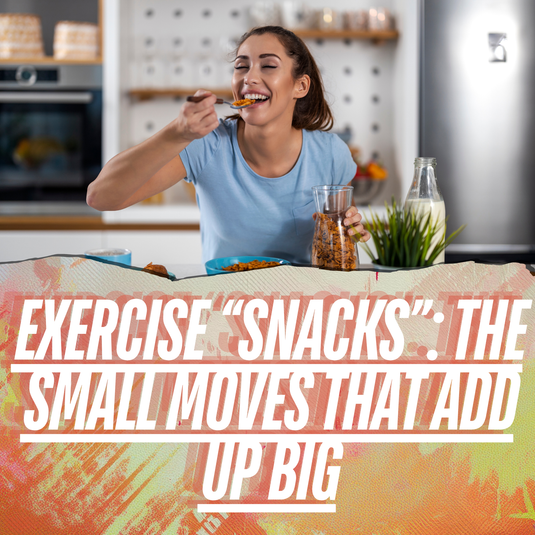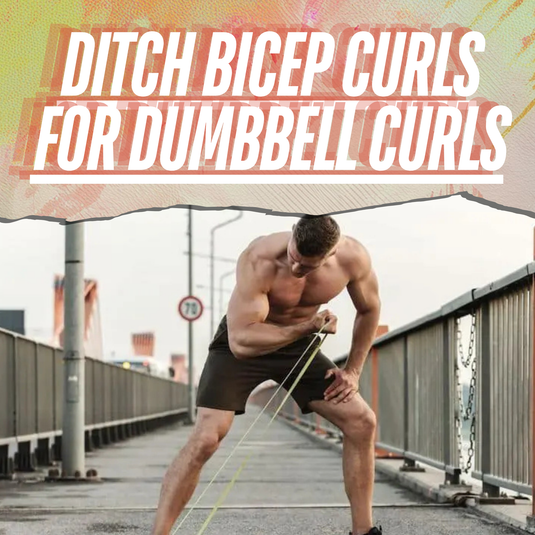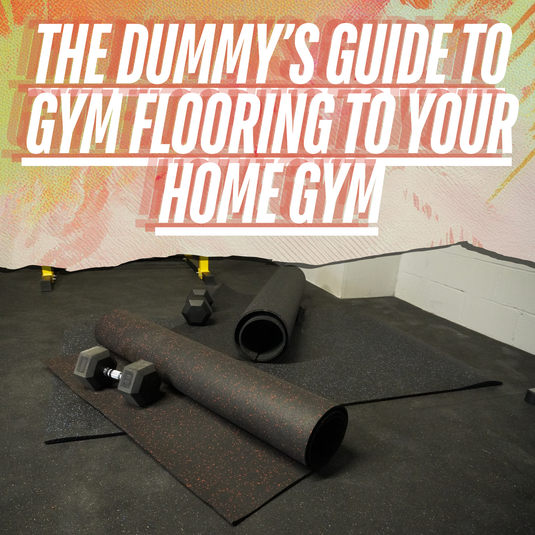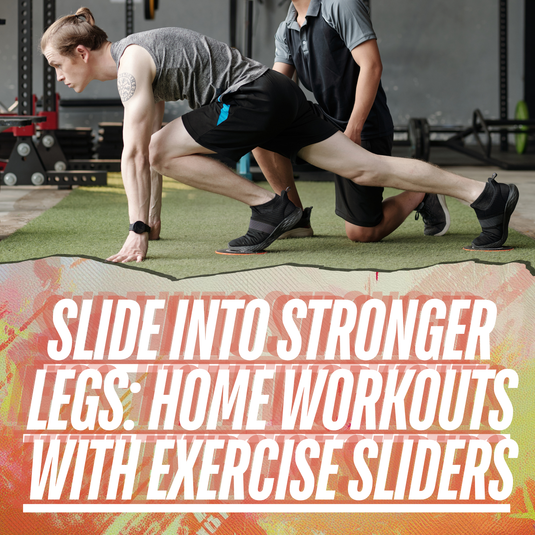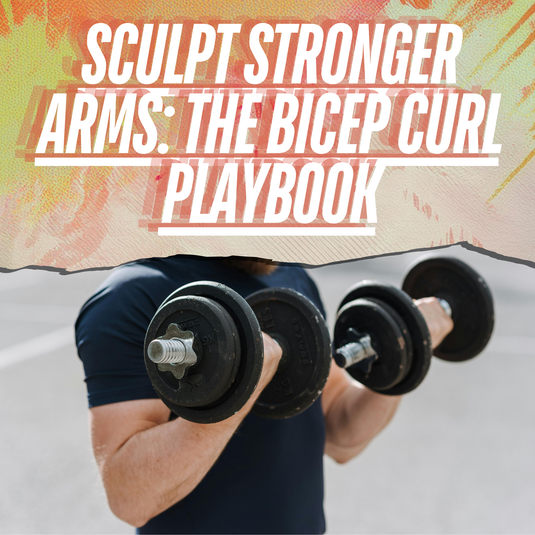Difference Between Kettlebell and Dumbbell Workout

⏱️ Estimated Read Time: 6 minutes
🧠 TL;DR
- Difference Between Kettlebell and Dumbbell Workout offers effective, accessible movements for targeted results.
- This guide is designed to help you move smarter, build strength, and stay consistent.
✍️ Summary
This post explores difference between kettlebell and dumbbell workout in a way that’s actionable and easy to follow. Whether you're new to this style of training or leveling up, it includes practical takeaways for your routine.
📚 Table of Contents
Why not just use dumbbells?
“If you can do it with a kettlebell you can do it with a dumbbell!”
I hear this all the time from people who have zero experience with a kettlebell and it couldn’t be further from the truth. Most tools have a time and place in your training depending on the goal. If you’re just going to do deadlifts, farmer walks, rows or just use the weight to prop a door open then sure, kettlebells and dumbbells offer the same thing. However, if you plan on using the kettlebell for the things that make a kettlebell unique, then no. Understanding the difference between kettlebell and dumbbell workout routines can help you choose the right tool for your goals.
Before you think that this is a dumbbell-bashing article and kettlebells are superior in every way, you’re right. End of discussion.
Seriously though the intention here is to shed some light on why kettlebells are unique to dumbbells and what you can do to get the most from each tool. Let’s take a look at the anatomy of each tool and what it’s intended purpose is.
The dumbbell is a symmetrical piece of equipment that allows you to move each arm independently. You lose the fixed hand position that a machine or even a barbell will keep you in which makes it easier on joint structures like the shoulder, elbow, and wrist. What you gain in mobility you lose in overall weight as dumbbells typically don’t go over 120 lbs (and most of the time far less) whereas most barbells can be loaded with 500 lbs plus.
While the benefits listed here aren’t meant to make kettlebells superior to dumbbells in all areas they do offer significant advantages of kettlebells over dumbbells in some cases.
Benefit#1: Balanced Vs. Asymmetrical
The symmetry of the dumbbell is the first major difference kettlebell dumbbell workout routines. There’s nothing symmetrical about the kettlebell. You have a center of mass with the handle above it. This creates an extra need for balance, tension and coordination which is what makes a similar size kettlebell to a dumbbell feel significantly heavier. Are kettlebells heavier than dumbbells? Not necessarily, but they can feel that way due to their design.
You can take this a step further by adding even more stability requirements by taking the kettlebell upside down into the bottom’s up position. This adds to the tension needed to keep the bell from falling down making it ideal for building grip strength and shoulder stability.
I will concede that the advantage for the dumbbell is that a pair of heavy dumbbells for chest pressing will be a far greater choice than kettlebells as far as symmetry goes.
Benefit #2: Compact Vs. Wide Load
One kettlebell movement that many try to replicate with dumbbells is the swing. For the most part you can do this, but as the weights increase the kettlebell stays relatively compact compared to a dumbbell. Take a 70 lb kettlebell for example. You can swing it easily with one or two hands (assuming you have the necessary strength), whereas with a 70 lb dumbbell you might be able to use two hands holding it end to end.
There’s no way it’s going between the legs with one hand without taking out a knee or two. This makes it advantageous to use kettlebells as the weights go up and you plan on swinging, cleaning, snatching, etc. As far as double weights go performing those explosive exercises kettlebells make it significantly more accessible.
Benefit #3: Sits “comfortably” Vs. Awkwardly
Comfortably is in quotes because there is a process of getting used to the feel of the kettlebell on the forearm whether in the rack or overhead position. Once my client got used to this (typically within a week or two) sky’s the limit. This makes it ideal for pressing and squatting heavier weights as it has a better “resting place” than a dumbbell could be in. This is a key point in the kettlebell vs dumbbell press debate. A heavy dumbbell squat press will be far more awkward than the dumbbell of the same size.
Benefit #4: Allows for Flow Vs. Stop and Go
That handle and center of mass are important when it comes to connecting the dots of different movements and positions. A kettlebell allows you to seamlessly transition from position to position without having to put the weight down. I mean eventually you’ll have to put the weight down, but until then you can keep that party going from swings, to snatches, lunges, to rotational cleans, and more.
The handle allows for hand to hand transitions which add to the neurological benefit of kettlebell training. Performing light juggling, alternating swings or other ballistic movements that require intense focus and coordination build awareness, control and balance.
One of my favorite sessions setting a timer and moving the kettlebell through as many planes and positions as possible without putting it down. Not only am I building endurance, I’m building grip strength, shoulder stability, explosive power, and coordination. Since the kettlebell handle creates another joint as Jeff Butterworth puts it, I can create a pendulum effect that allows the bell to transition smoothly in any direction to sit “comfortably” in the rack or overhead position. \
Benefit #5: Ballistic Repeated Efforts Vs. One at a Time for a Better Backside
I’m going to piggyback on the last few examples that the kettlebell’s center of mass and handle allow for repeated efforts of ballistic bouts with a pronounced hinge. A swing, snatch and clean can be done repeatedly with a dumbbell, but it ends up being more knee-dominant making repeated efforts tougher on the back and quads. The ballistic hinging that you’ll do with swings, clean and snatches allow you to get the pendulum effect to choose between a stronger hinge to get more hamstrings engagement or take a “squattier” approach.
If you’re still not convinced then I’d strongly recommend learning some basic kettlebell techniques to test these out yourself. I’ve never talked to anyone over the past decade that thought kettlebells were useless who had some experience with kettlebells. 11 times out of 10 it was an individual who never got proper training or assumed it was just a conditioning tool and just a waste of time.
I can promise you that’s not the case. Kettlebells have a strong place in top athletes training whether they’re used as a primer to intense sessions, as an accessory to complement big lifts through barbells, or a conditioning tool with flows or repeated ballistic movements. Understanding the benefits of kettlebell vs dumbbell workouts can enhance your training regimen significantly.
Stay strong!
Marcus Martinez
Master Kettlebell Coach
Want more guidance? Check out our Weekly Dumbbell Workout #1.
📝 FAQs
How often should I do these exercises? +
2–3 times per week is a good starting point for most people.
Do I need equipment? +
Many of these can be done with just your bodyweight or a single kettlebell or dumbbell.
Can beginners do these routines? +
Yes! These movements are designed to scale with your fitness level.


